Home> Company News> How To Change Guitar Strings
- AddressShan Dong Province Weifang City
- Factory AddressShan Dong Province Weifang City
- Worktime9:00am~6:00pm
- Phone(Working Time)+8613305315989
- Phone(Nonworking Time)+8613305315989
How To Change Guitar Strings
2017-05-16 17:17:20If there’s one thing a guitarist needs to know it’s how to change your guitar strings. Too many never learn how to do it properly, and many more don’t do it regularly enough. It’s not unusual for players to change the odd one when an E string breaks while the rest of the set is a year old. They then wonder why most of the guitar sounds and feels a little dull while one bit sounds bright and sparkly!
If you play often it’s advisable to change your strings every four to eight weeks. Guitarists working regularly in a band may even do this every week (or night). The strings then feel clean and comfortable, they sound at their best, and you can have much more confidence that they won’t break just as you go into that really flash guitar solo! On top of that, regularly changing the strings means you can keep the neck and fingerboard of your guitar clean and in good condition. This maintains the playability of your guitar and can even help extend the life of your instrument.
Common Questions about changing your guitar strings
What length of string should I wrap around the tuning post on the guitar?
Depending upon who you talk to, and who’s advice you most respect, there are various different ways to perform the perfect re-string. For such a straightforward procedure this can be quite confusing the first time you try and do it yourself. However, most will generally agree that it’s essential to have a few neat wraps of string around the tuning post. This means you won’t have over-tightened the strings (a common cause of breakages), it’s easier to stretch them off (to help them hold their pitch) and string bending is much easier and more comfortable to perform.
How should I remove the strings on the guitar – all at once or one at a time?
Removing all the old strings at the same time will allow you to clean the fingerboard more easily but it also severely changes the tension exerted on the neck. Putting a whole new set back on will then re-apply this tension and in the long run might damage certain instruments. On top of this, if your guitar is fitted with a tremolo unit you may also find it easier to do one string at a time as this will help keep the mechanism properly positioned. To be on the safe side change the strings individually. Either way, make sure you wipe as much dirt and grease from the fingerboard as possible, you don’t want to foul up a new set of strings the moment you put them on.
Changing the strings on an acoustic guitar – Points to note…
The method we’ve outlined below will work fine whether you’re tuning an electric or steel strung acoustic guitar. For an acoustic guitar, make sure the ball-end of the string is properly secured in the bridge by the retaining pins. For an electric, pass the string through the holes in rear of the guitar or through the tailpiece behind the bridge, depending upon the design of your instrument, making sure the ball-end of the string is holding securely in place. Pull the string to its full length and make sure it easily reaches the tuning pegs.
Refitting the strings onto the guitar
Turn the tuning peg of the string you wish to fit so that the hole in the string post points back down the neck of the guitar. Pass the string through the hole and pull it fairly tight. Holding the string in this position, measure about 4cm past the tuning peg and at this point put a small bend in the string by pinching it. The end of the string should now be pointing off at a right angle to the headstock. Gently pull the string back through the hole until the bend you put in it reaches the post. If you’ve done this properly you should’ve allowed enough extra string to wrap around the post once you start tightening the tuning peg.
Start to turn the tuning peg anti-clockwise, this will begin to tighten the string. For the string to wind on evenly it helps to apply a bit of tension to the remainder of the loose string. You can do this by lightly holding the slack in the palm of your hand while your index finger presses against the string on or just behind the nut. The further you turn the tuning peg the more the loose string will pass through your hand and wrap around the string post. The aim is to have two to three wraps spread neatly around the post, the thicker strings probably only allowing a couple of complete turns. Ensure that the wraps don’t run over each other, you should be able to see the complete set of turns from the bottom to the top of the post.
Repeat the procedure above for all of the strings, and when complete bring the guitar up to roughly full pitch using an electronic tuner if you have one. It is essential at this point to begin stretching off the individual strings. When they’re new all guitar strings will have a certain amount of elasticity, particularly nylon strings, and take a while to calm down before they begin to hold their pitch properly. You can speed this process up by grabbing the string roughly half way along the neck and pulling upwards about three or four centimetres away from the fingerboard. This will probably result in the string going flat quite quickly. Re-tune the string and repeat this procedure until the pitch begins to hold more successfully. Do this for each string on the guitar and you’ll find that it becomes much easier to keep the correct tuning.
When you’re happy that the strings have settled a bit and won’t slip off the tuning post, take a pair of cutters and snip off the excess string at the headstock about half a centimetre away from the post. If all has gone to plan you’ll have a neatly strung and easy to tune guitar that feels great to play and doesn’t lose its pitch the moment you start to strum it.
Which gauge strings should I use on my guitar?
String gauge is preference. How light or heavy your strings are is up to you as the guitarist. It is recommended that you continue to use the gauge of strings that your guitar came equipped with. If, however, you decide that you want to experiment with lighter or heavier strings, you may need to adjust your guitar slightly to compensate for the change in tension. It is recommended that you consult a technician before attempting this yourself. If you don’t know what gauge strings your guitar came with, here is a guide based on the most common guitar types.
To build a nice quality guitar of your own,please feel free to contact with us: [email protected] www.greatguitarshop.com www.guitarchordsshop.com
https://www.facebook.com/goodcustomguitars
https://www.facebook.com/guitarchordsshop
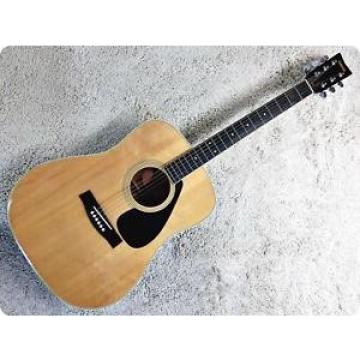 YAMAHA martin guitar strings acoustic medium FG-201B martin guitar accessories Japan martin Vintage acoustic guitar strings martin Acoustic martin acoustic guitars Guitar AG40 W40 GA057 RARE
YAMAHA martin guitar strings acoustic medium FG-201B martin guitar accessories Japan martin Vintage acoustic guitar strings martin Acoustic martin acoustic guitars Guitar AG40 W40 GA057 RARE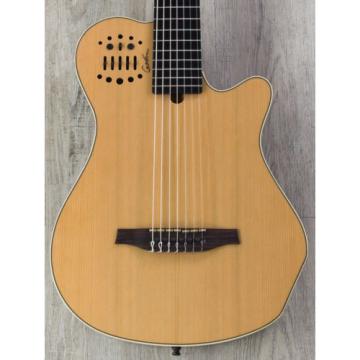 Godin acoustic guitar martin MultiAc martin guitar accessories Grand dreadnought acoustic guitar Concert martin guitar strings 7 martin d45 SA Acoustic-Electric 7-String Guitar, Natural
Godin acoustic guitar martin MultiAc martin guitar accessories Grand dreadnought acoustic guitar Concert martin guitar strings 7 martin d45 SA Acoustic-Electric 7-String Guitar, Natural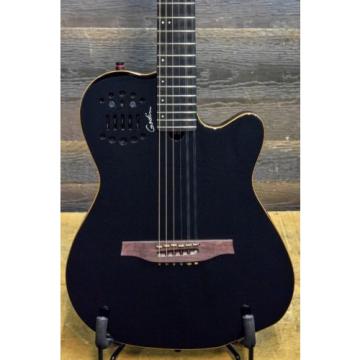 Godin acoustic guitar martin A10 guitar strings martin Black martin guitar accessories Steel martin d45 HG martin guitar strings acoustic medium "SF" 10-String SA El.-Acoustic Guitar w/ Bag #13342127
Godin acoustic guitar martin A10 guitar strings martin Black martin guitar accessories Steel martin d45 HG martin guitar strings acoustic medium "SF" 10-String SA El.-Acoustic Guitar w/ Bag #13342127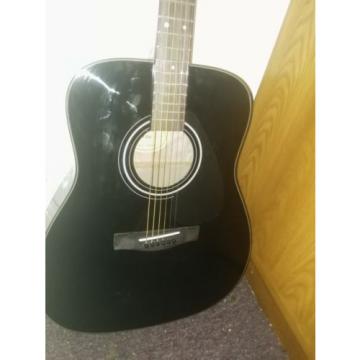 Yamaha martin d45 Acoustic martin guitar strings acoustic medium Guitar acoustic guitar martin martin guitars martin acoustic guitars
Yamaha martin d45 Acoustic martin guitar strings acoustic medium Guitar acoustic guitar martin martin guitars martin acoustic guitars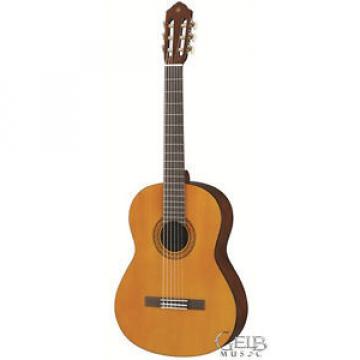 Yamaha acoustic guitar strings martin C40II martin d45 Classical martin guitar strings acoustic medium Acoustic martin acoustic strings Guitar dreadnought acoustic guitar - C40II
Yamaha acoustic guitar strings martin C40II martin d45 Classical martin guitar strings acoustic medium Acoustic martin acoustic strings Guitar dreadnought acoustic guitar - C40II
